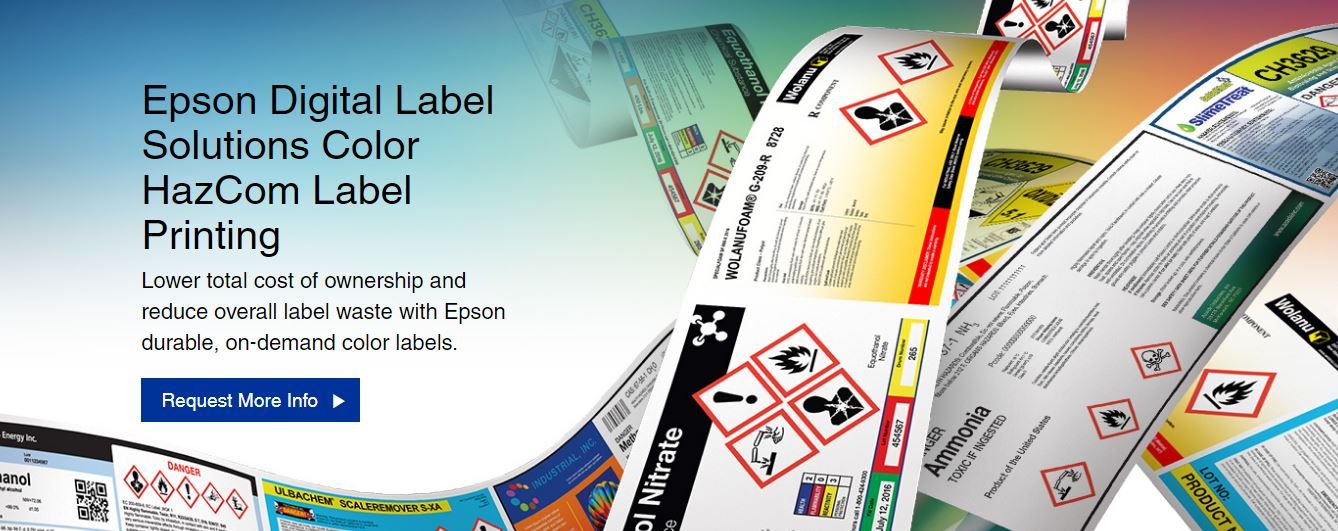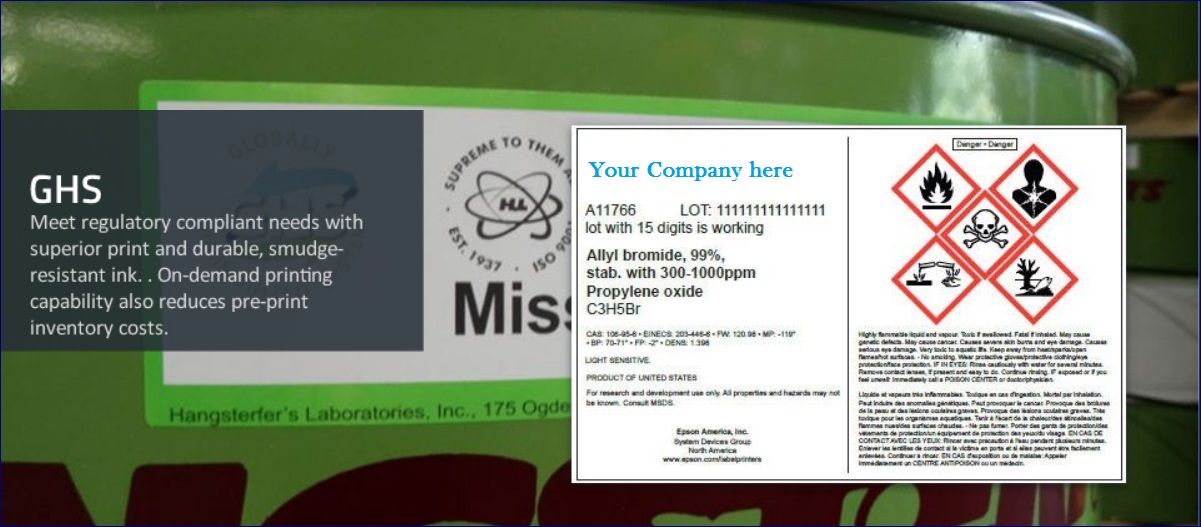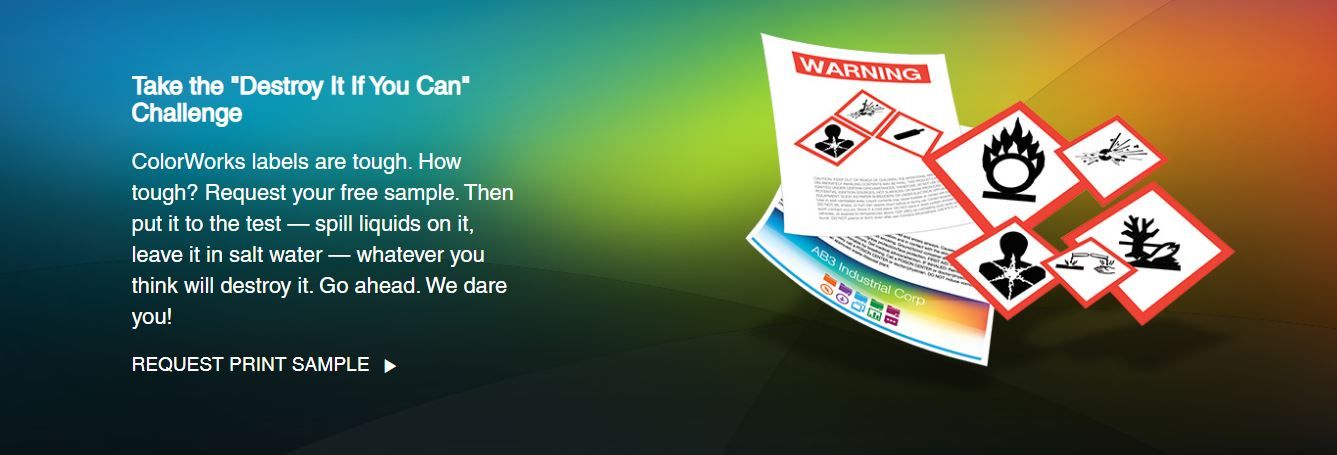hazcom label printer,GHS color label printer,Compliance label print on demand
Compliance & Labeling Regulations
There are many regulations, depending on the product, with which a product’s label or markings must be in compliance before being sold in the United States. Labeling requirements related to legal metrology (i.e., products and commodities sold in package form by weight, measure or count) must comply with
The Fair Packaging and Labeling Act
(FPLA) and Uniform Packaging and Labeling Regulation (UPLR),
NIST Handbook 130-Current Edition
). In addition, all products imported into the U.S. must conform to
Title 19, United States Code, Chapter 4, Section 1304
and
19 CFR 134, Country of Origin Marking
regulations. Other product categories, such as electronics, food, medical devices, etc., are covered by regulations from the responsible agency. A product may have to be complaint with several labeling regulations from different agencies.
What is the Fair Packaging and Labeling Act (FPLA)?
The FPLA relates to the net quantity of contents information on packages, goods, or commodities that are sold on the basis of weight or measure (i.e., it does not apply to such products as electronic or industrial equipment that have contents sold by the quantity of their contents and appliances).
Products must be labeled per the Act with the following:
- Declaration of identity
- Declaration of responsibility (name and address of manufacturer, packer, or distributor)
- Declaration of net quantity, servings, or uses
Consumer commodity or commodity under the Act means any article, product, or commodity which is customarily produced or distributed for sale through retail sales agencies or instrumentalities for consumption by individuals, or use by individuals for purposes of personal care or in the performance of services ordinarily rendered within the household, and which usually is consumed or expended in the course of such consumption or use.
See the Act for products not covered, such as food, meat, poultry, tobacco, drug, medical devices, or cosmetic, etc. However, other labeling regulations may apply.
Note: Products may be subject to other labeling or marking regulations.
What is the Uniform Packaging and Labeling Regulation (UPLR) and NIST Handbook 130?
The Uniform Packaging and Labeling Regulation (UPLR) was first adopted during the 37th National Conference on Weights and Measures in 1952. UPLR contains in Uniform Laws and Regulations in the areas of Legal Metrology and Engine Fuel Quality, NIST Handbook 130, have been adopted into law in 45 of the 50 U.S. states. The purpose of these regulations is to provide accurate and adequate information as to the identity and quantity of contents of packages so that purchasers can make price and quantity comparisons.
The UPLR requires that consumer packaging bear a label specifying the following:
- the identity of the commodity
- the name and place of business of the manufacturer, packer, or distributor
- the net quantity of contents in terms of weight or mass measure, or numerical count in a uniform location upon the principal display panel.
Note: All 50 states have some type of packaging and labeling regulations in effect and all have separate requirements in their laws that require all packages to bear information regarding identity, responsibility, and quantity, so even if a product is exempt under the UPLR the requirements of the state law can still be applied.
What country of origin markings are required for imported goods?
Title 19, United States Code, Chapter 4, Section 1304 and 19 CFR 134, Country of Origin Marking regulations require that every article of foreign origin (or its container) imported into the U.S. be marked in a conspicuous place as legibly, indelibly, and permanently as the nature of the article (or container) will permit, and in such a manner as to indicate to the ultimate purchaser in the U.S., the English name of the country of origin of the article at the time of importation.
CBP has a number of Informed Compliance Publications (ICPs) in the "What Every Member of the Trade Community Should Know About: ..." series. Where applicable specific marking requirements are included (e.g., Eyewear Frames and Eyewear).
For more information see Custom and Border Protection’s Terminology and Methods for Marking of Country of Origin on U.S. Imports.


